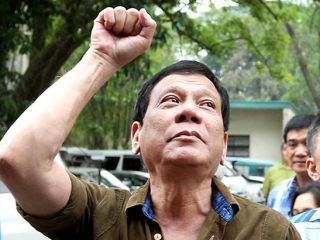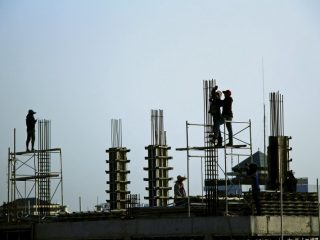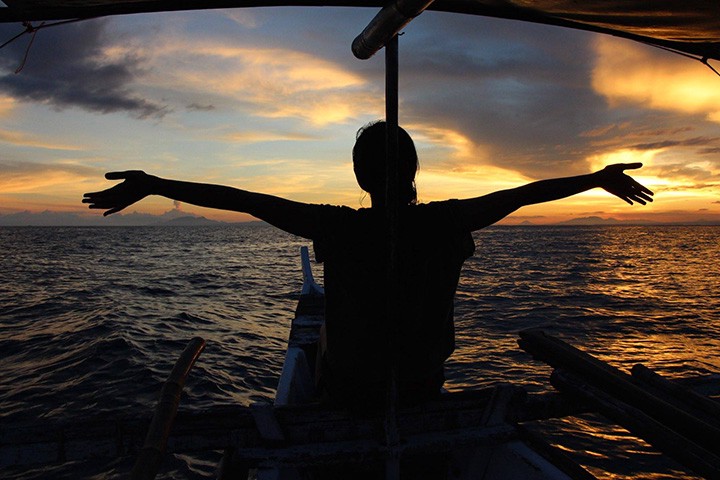
My other half’s sister is back home in Philippines for a week and so we’ve been dreaming up outings and activities to make the most of the time together as a family. Yesterday, after some deliberation, we headed out in a van to visit Kuwebang Lampas (otherwise known as Lukang Cove) at Pagbilao Island, and spend an afternoon swimming and beaching it (if it was Australia I’d say sunbathing but, in complete contrast to Australia, Filipinos go to the beach so they can lie in the shade and avoid getting any darker).
We’d only travelled as far as the nearest supermarket, where we stopped to buy water and snacks, when our driver informed us that he’d previously been to ‘Puting Buhangin’ (another name for the same beach) and they hired a ‘bangka’ (boat) from Cotta Pier. He explained that the boat would take us directly to the beach for about Php 1500 and it only takes half an hour, whereas the van could not reach the cove and then we’d have to walk a considerable distance to reach the beach — not ideal considering we had Irish and Ingrid’s 82 year old father with us.
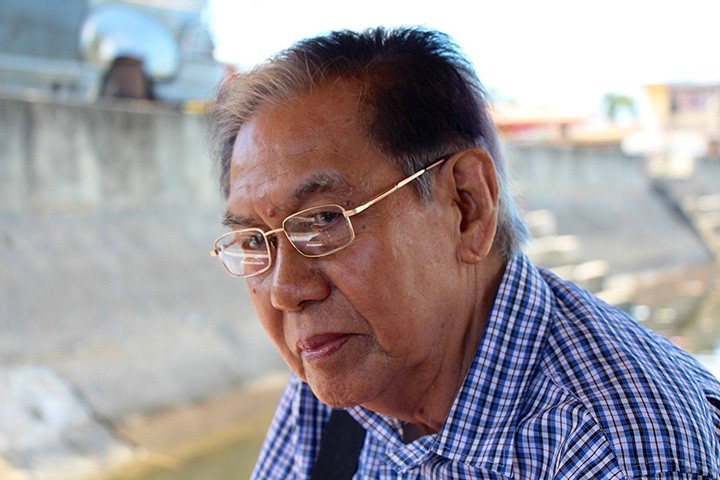
So we turned around and headed for Cotta Pier.
As per normal, I tried to stay out of sight to avoid them hiking the prices up on us — it didn’t work, they spotted me and the asking price was immediately Php 2500. But with some insistence, indignation, and negotiation, the family whittled it back down to Php 1500, and we started unloading from the van and making our way onto the bangka.
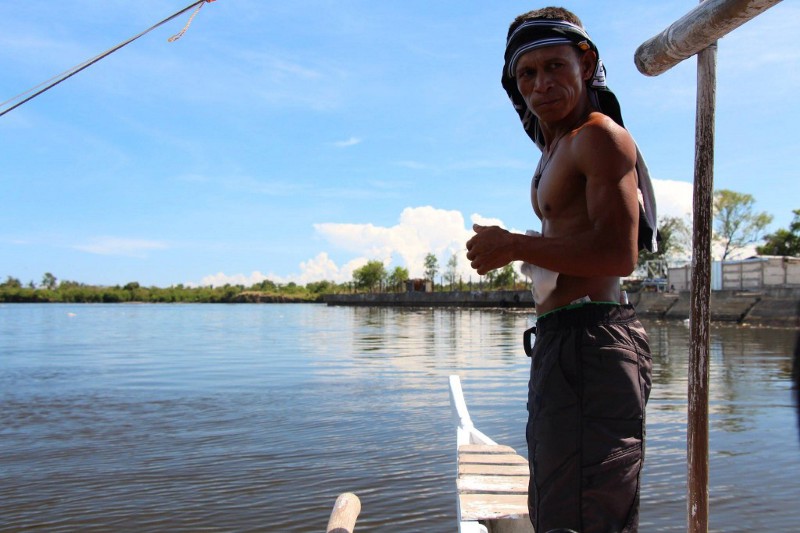
A bangka is a narrow, outrigger-style boat seemingly constructed from remnants, scraps, and driftwood. It has no seats as such, you simply perch on either side and place any bags/luggage in the centre. Due to it’s small size and unstable design, it’s pretty important that the load is evenly distributed — this means ensuring that the number and mass of people on either side was roughly the same, and shifting the weight as much as possible towards the centre of the boat.
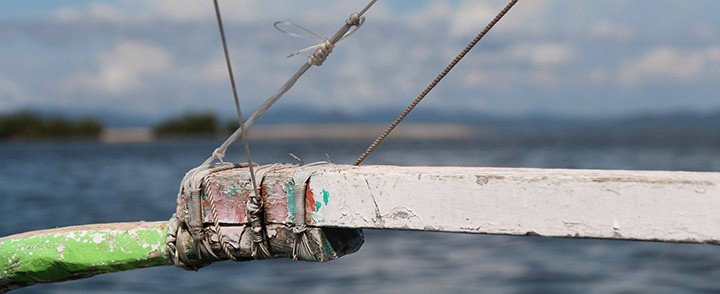

Once we were all aboard, and the boat was fuelled up, we ‘set sail’ for Puting Buhangin sa Kuwebang Lampas. The waters in the mouth of the river were polluted and dirty, with garbage debris floating on the surface and stuck on overhanging branches. But once we got out into the ocean proper, the water was crystal clear and stunning.
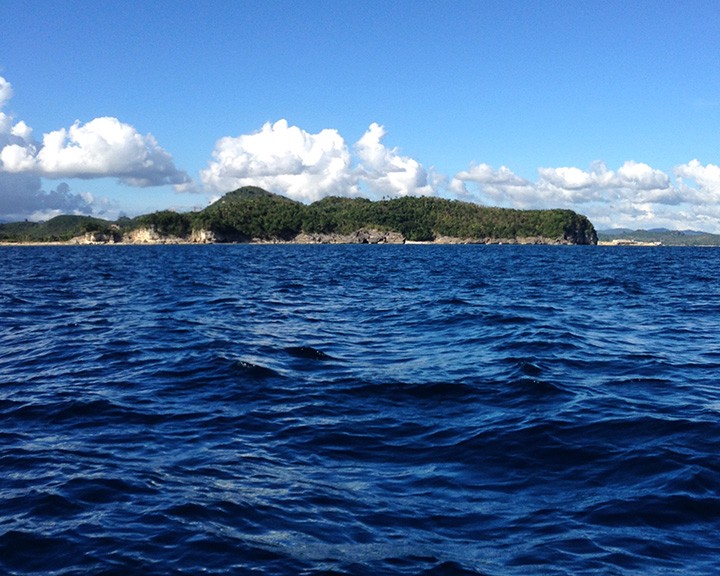
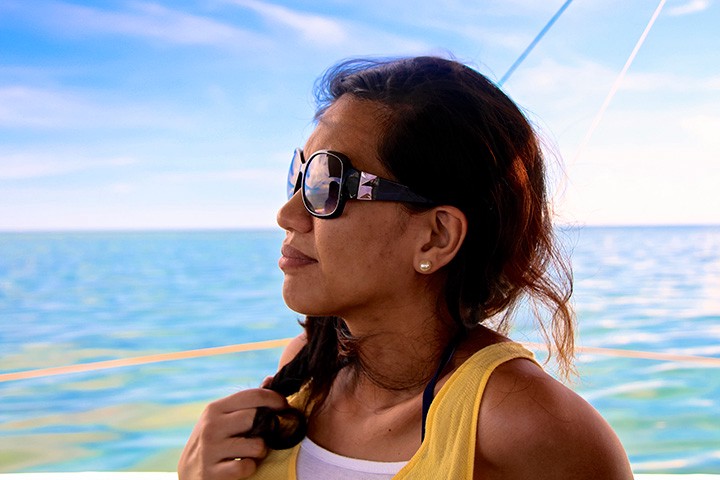
I dragged my hand along in the beautifully warm water, and as I leaned down I could see the bottom of the ocean through the crystal clear waters. Occasionally, as we gazed ahead, a school of ‘flying fish’ would jump in perfect unison out of the water, the sun glittering on their scales. At this point, it seemed the boat trip would be equally as enjoyable as actually swimming and lounging at the beach.
As our half hour turned into an hour, and then another 30 minutes passed, I began to wonder if perhaps we’d been unwise to trust a Filipino’s time estimates! We could see the island ahead and yet it seemed that, for all our progress, we never quite reached the cove. Was it in fact a mirage??
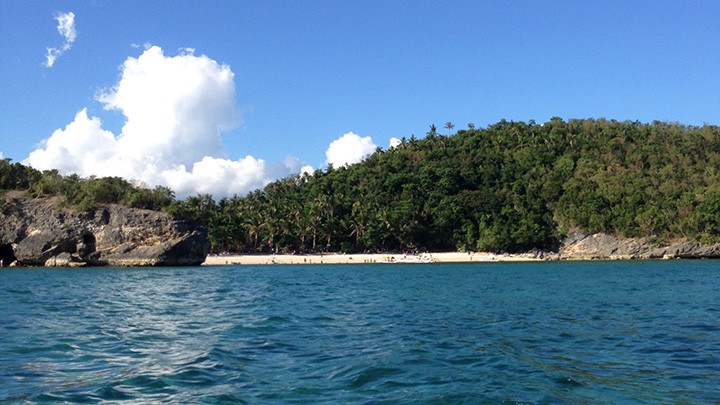
Finally, at about 4pm, the bangka beached itself on the sands of Kuwebang Lampas. It really was beautiful.
I’d been expecting a relatively quiet and deserted ‘virgin beach’ — that wasn’t the case. The beach actually had quite a few visitors, and there were shade tents and little nipa huts perched at the top of the beach, in any spot they could find shade. Unlike the beaches I’m accustomed to, all the visitors stayed out of the sun. There was not a single beach towel or shade tent to be seen anywhere in the direct sunlight. Everyone competed for a shady spot, where they could avoid the sun’s rays and prevent themselves getting a tan. There was also a man who made a beeline for us and charged Php 80 per person as a visitors fee. Fortunately, the fee did purchase us the right to use the CR (‘Comfort Room’ — the Filipino phrase for the toilets/bathroom, and in most cases a wonderful example of hyperbole).
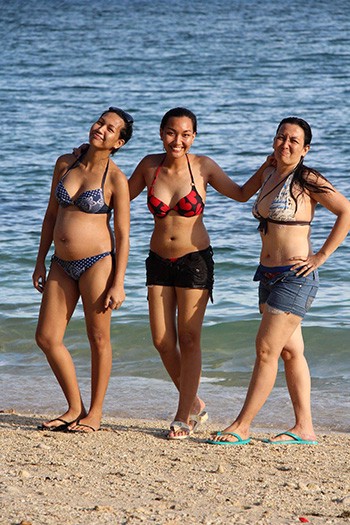
I made the most of the beautifully warm ocean waters and immediately jumped in to have an energetic swim for a few minutes. I’m sure the locals thought I was a bit weird, as most of them simply admired the water from their shady location at the top of the beach. A few ventured into the waters, but none went beyond chest depth.
Before we knew it, it was already 6pm and we had to head home again. Being on a small, unstable, underpowered, bangka without life vests, and a kilometre out to sea, is not really where you want to be when night falls.
As we pulled out from the cove we were presented with the most amazing sunset, and the view of magnificent Mt. Banahaw.
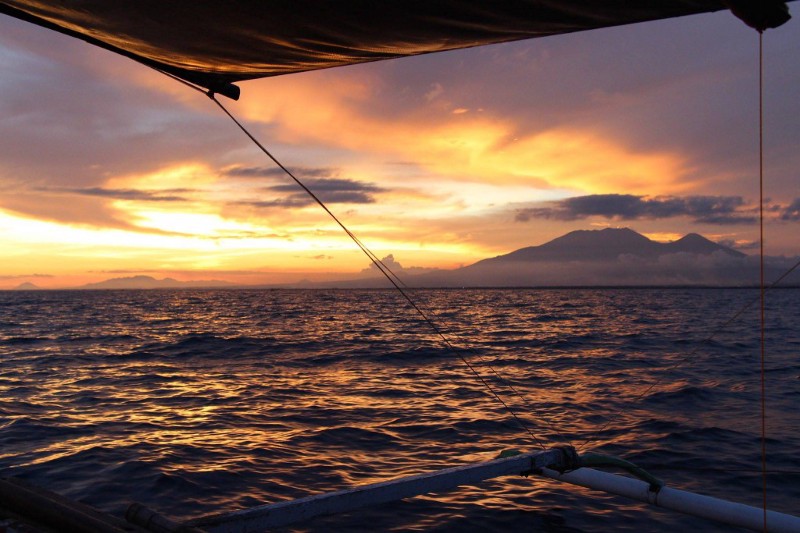
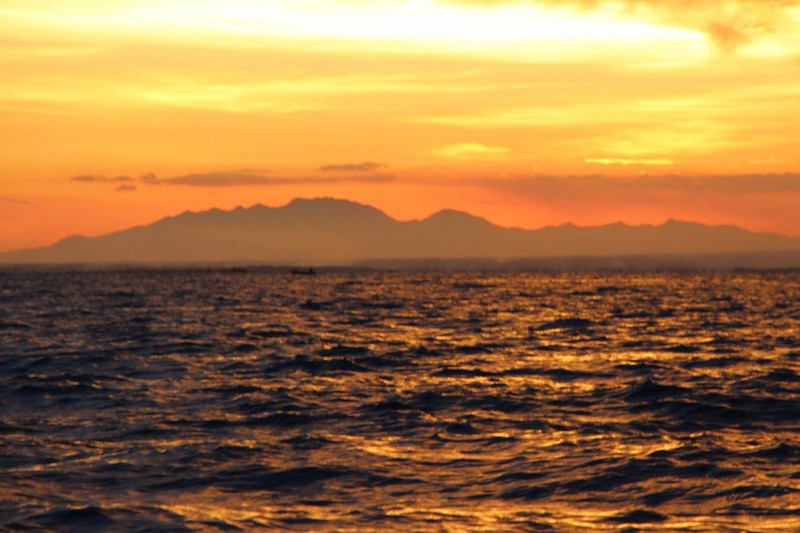
We pulled in to the Cotta Pier about 7:40 pm. I’ve since been told that our boat was slower because it had a smaller motor — but I’m yet to be convinced that ANY of the bangkas that dock at Cotta would make it in half an hour. All in all, a beautiful trip and a great time at the beach. But in future I’d like to be sure we’re not sailing after dark!
